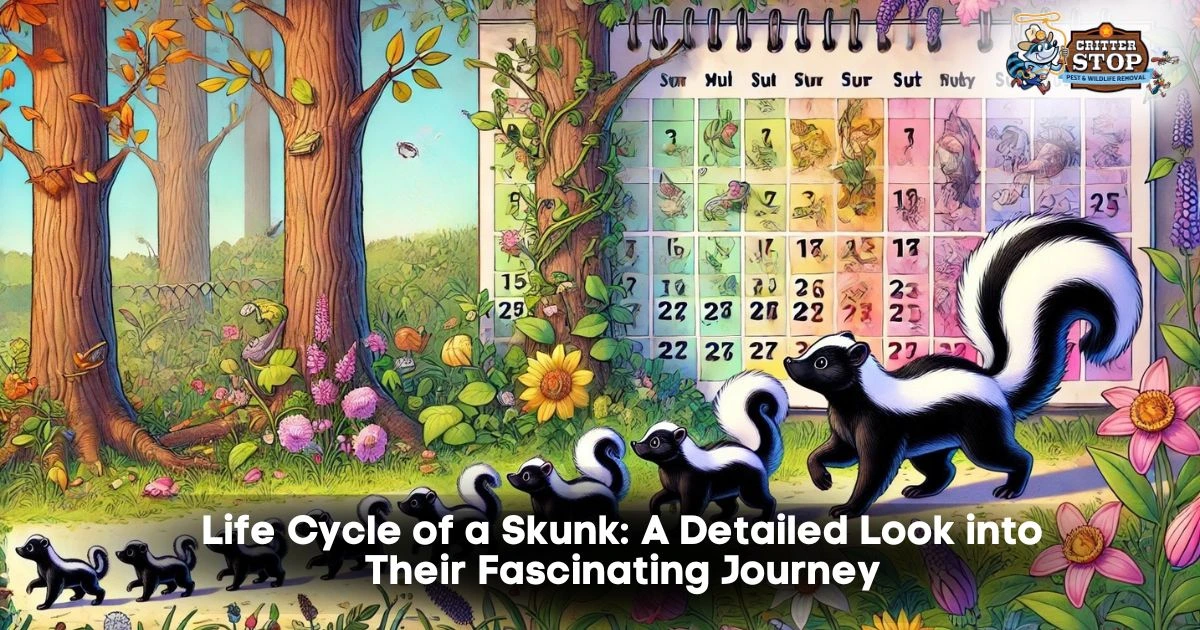
Understanding the life cycle of a skunk offers valuable insights into these unique creatures, their behaviors, and their role in the ecosystem. This comprehensive guide walks you through every stage of a skunk's life, from birth to adulthood, shedding light on their growth, survival tactics, and reproductive habits.
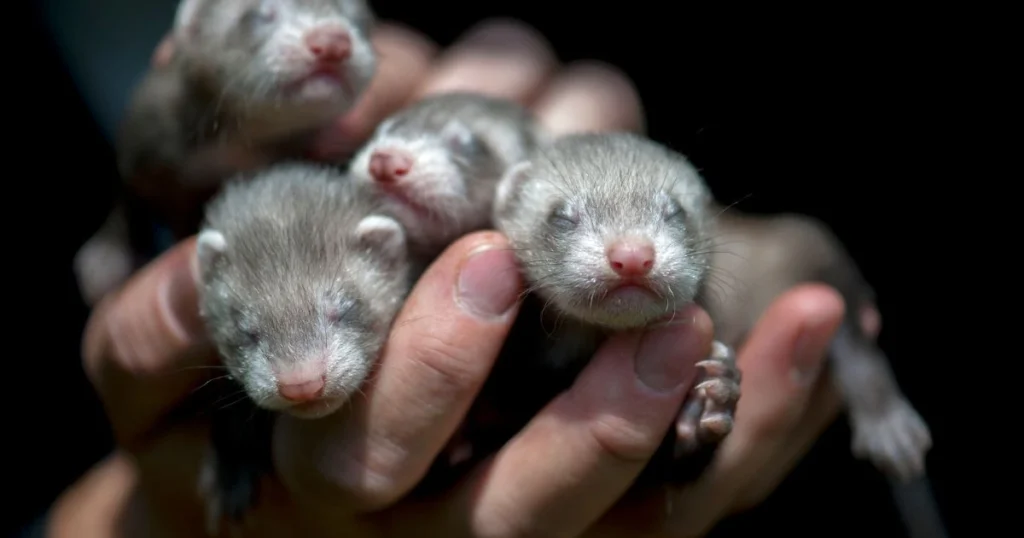
Female skunks undergo a gestation period of about 60 to 75 days, depending on the species. Mating usually occurs in late winter or early spring, with most litters born between May and June. During this time, the mother prepares a secure den to protect her young from predators and harsh weather.
Skunk litters typically consist of 4 to 6 kits, though larger litters of up to 10 kits are not uncommon. At birth, the kits are blind, deaf, and entirely dependent on their mother. They weigh only a few ounces and have fine fur that hints at the characteristic black-and-white patterns they will develop.
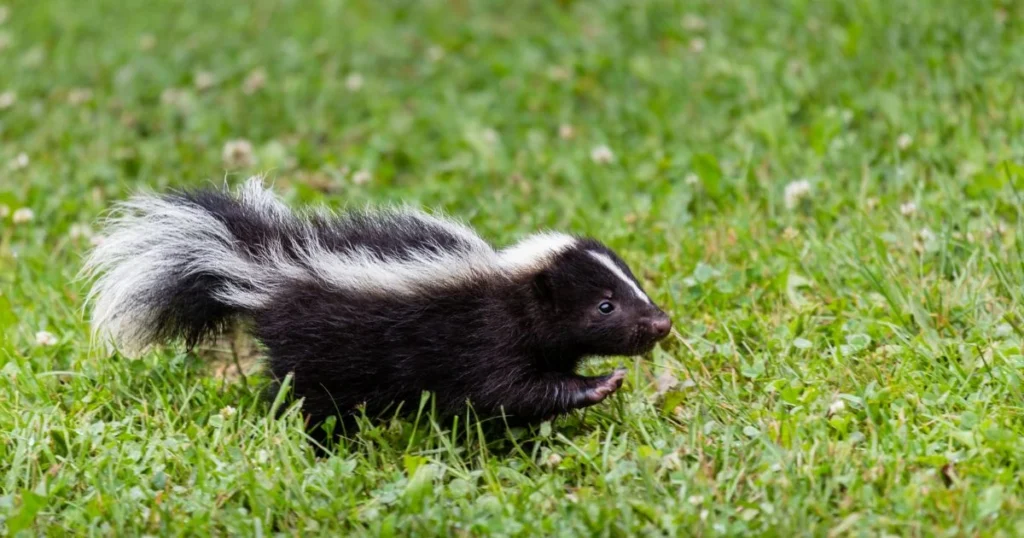
Kits begin opening their eyes around three weeks of age, and their hearing develops soon after. By this stage, they are more aware of their surroundings and start to interact with their siblings.
One of the most iconic traits of skunks—their ability to spray—is functional by the time they are about four weeks old. However, young skunks initially use this ability sparingly, as it takes time to perfect their aim.
During the juvenile stage, kits rely heavily on their mother for survival skills. She teaches them how to forage for food, recognize threats, and navigate their environment. This period of learning is critical for their eventual independence.
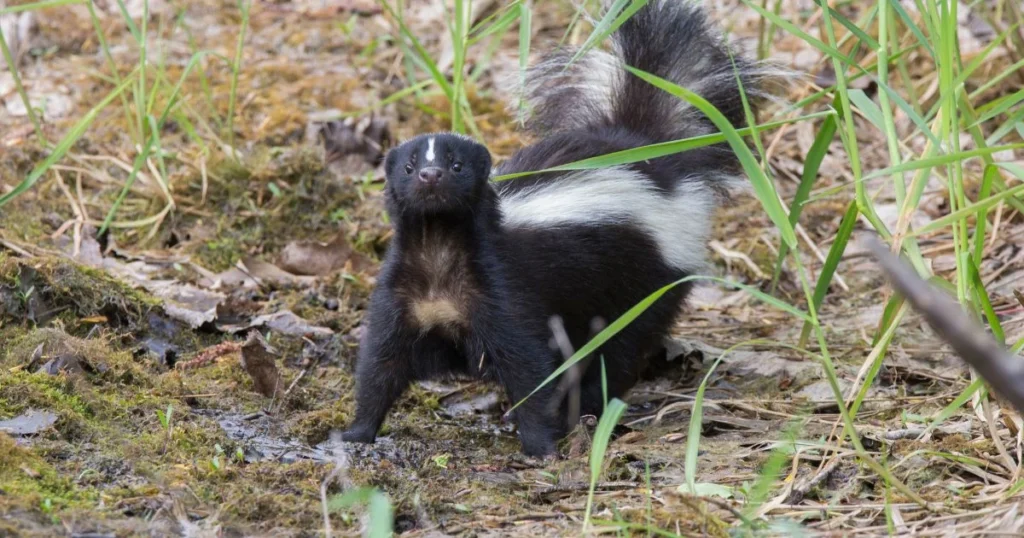
When skunks are about two months old, they are ready to leave the den and explore the outside world under their mother's watchful eye. They depend on her for food and protection, gradually honing their survival skills.
Skunks become fully independent when they are around four to six months old. They leave their mother and siblings to establish their territories. This transition is crucial for reducing competition within the family group.
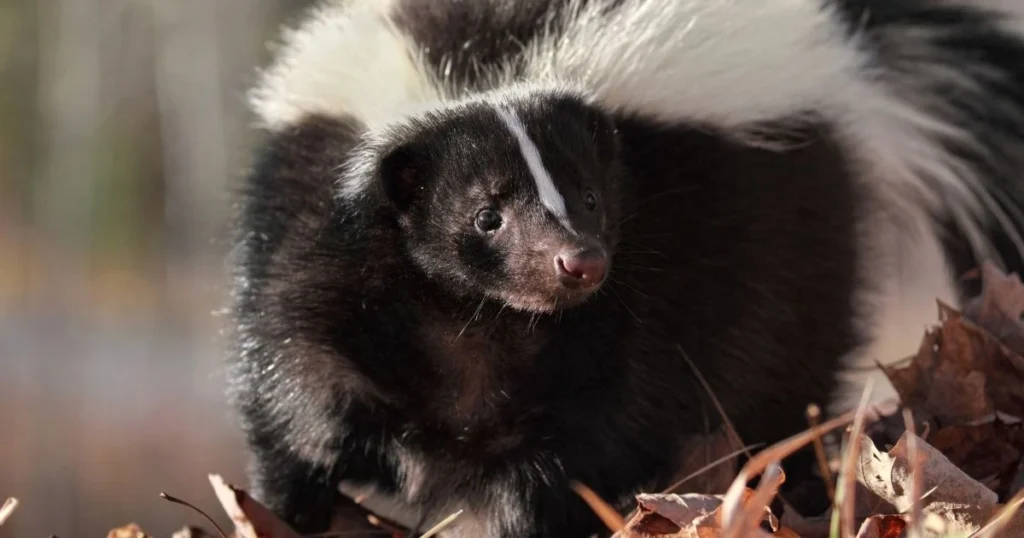
Skunks reach sexual maturity at about one year old. Mating season typically occurs in late winter, with males often traveling significant distances in search of females. During this time, skunks may become more visible as they roam outside their usual territories.
Male skunks are polygamous, often mating with multiple females in a season. After mating, they play no role in raising the young, leaving the responsibility entirely to the females.
Adult skunks are solitary by nature, except during mating season or when a mother is raising her young. They establish territories providing ample food, shelter, and protection from predators.
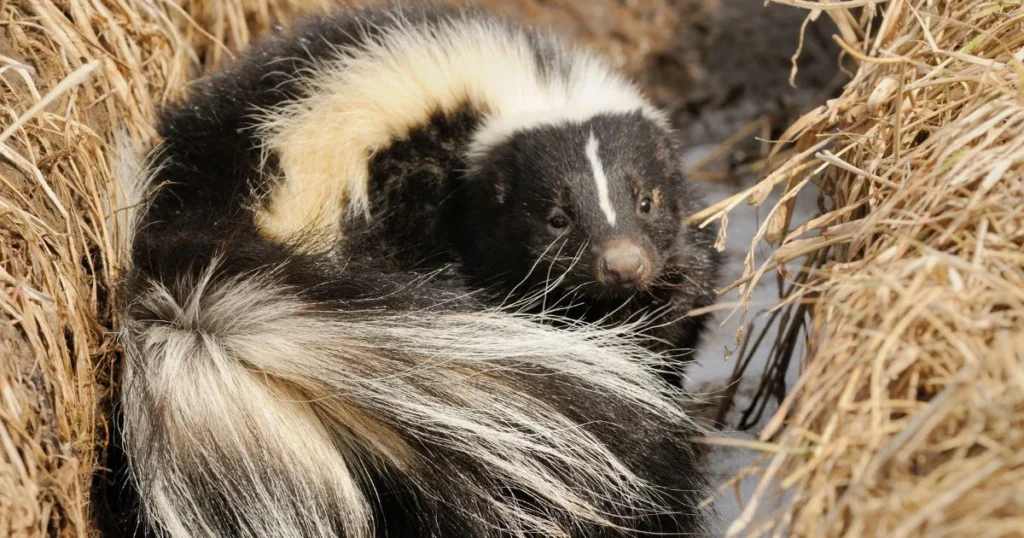
In the wild, skunks have an average lifespan of two to four years, though some may live longer under favorable conditions. Predators, disease, and human-related hazards like vehicles are common threats to their survival.
Skunks may become less active and more susceptible to predators as they age. However, they continue to play an essential role in their ecosystem by controlling insect and rodent populations.
Skunks are vital to maintaining ecological balance. They are omnivores and consume various foods, including insects, small rodents, fruits, and vegetation. This diverse diet helps control pest populations and promotes seed dispersal, creating a healthier environment.
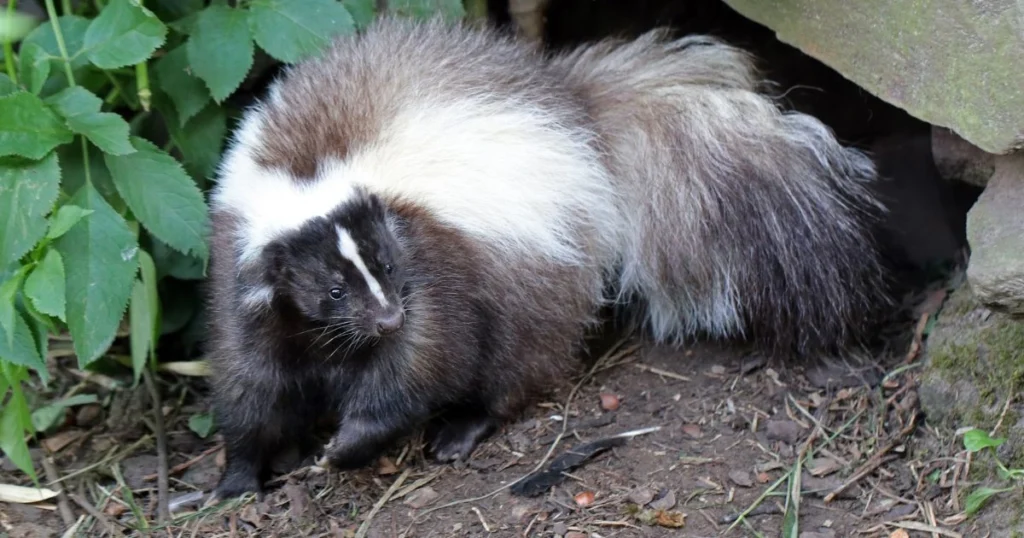
To avoid conflicts with skunks, secure trash bins, remove food sources, and block access to potential den sites. Motion-activated lights and natural repellents can also discourage skunks from frequenting your property.
Professional wildlife removal services like Critter Stop can provide effective and humane solutions if you encounter persistent skunk issues or suspect a skunk infestation. Their experienced team ensures the safe removal and relocation of skunks while protecting your property.
Critter Stop specializes in humane wildlife removal and offers expert services to address skunk-related concerns. If you need help managing skunks or other critters, contact Critter Stop at (214) 234-2616 for a consultation. Their team is ready to provide high-quality, customer-focused solutions.
Welcome to our comprehensive FAQ section on skunks. Whether you’re curious about their life cycle, behavior, or the potential dangers they pose, we’ve got you covered with detailed answers to common questions.
Skunks' life cycle begins with birth in spring. Newborns are blind and helpless, relying on their mothers for warmth and food. By eight weeks, they start exploring outside the den. Skunks reach maturity at about one year old and can live up to three years in the wild or longer in captivity.
Skunk care requires a balanced diet, including vegetables, protein, and limited fruits. Regular veterinary checkups and spaying or neutering are essential. Skunks also need mental stimulation, safe spaces to explore, and a commitment to their specific needs.
When skunks feel threatened, they provide several warnings, such as hissing, stomping their front feet, and arching their tail. Ignoring these signals, they may spray a foul-smelling liquid as a defense mechanism.
Skunks mate in late winter, and females give birth to litters of 4-7 kits in spring. After a gestation period of about 60 days, the kits are born blind and dependent on their mother. They stay with her until the fall when they become independent.
Young skunks are smaller, have softer fur, and lack developed spraying glands. Juveniles typically stay with their mother until fall. Adults are larger, with coarse fur and more defined behaviors. A dental examination by a vet can provide a more precise age estimate.
Skunks are generally not aggressive but can pose risks if provoked. Their spray can cause temporary blindness and severe irritation. Additionally, skunks can carry diseases like rabies. Avoid handling wild skunks and call professionals if needed.
Stomping is a skunk's way of warning predators or threats to back off. It’s often accompanied by hissing or tail-raising to show they’re ready to defend themselves. If ignored, this behavior can escalate to spraying.
Skunks may stand on their hind legs to better view their surroundings or to appear larger when threatened. This posture and other warning behaviors signal that the skunk feels unsafe and is preparing to defend itself.
Visit our Critter Library and learn more about our furry friends